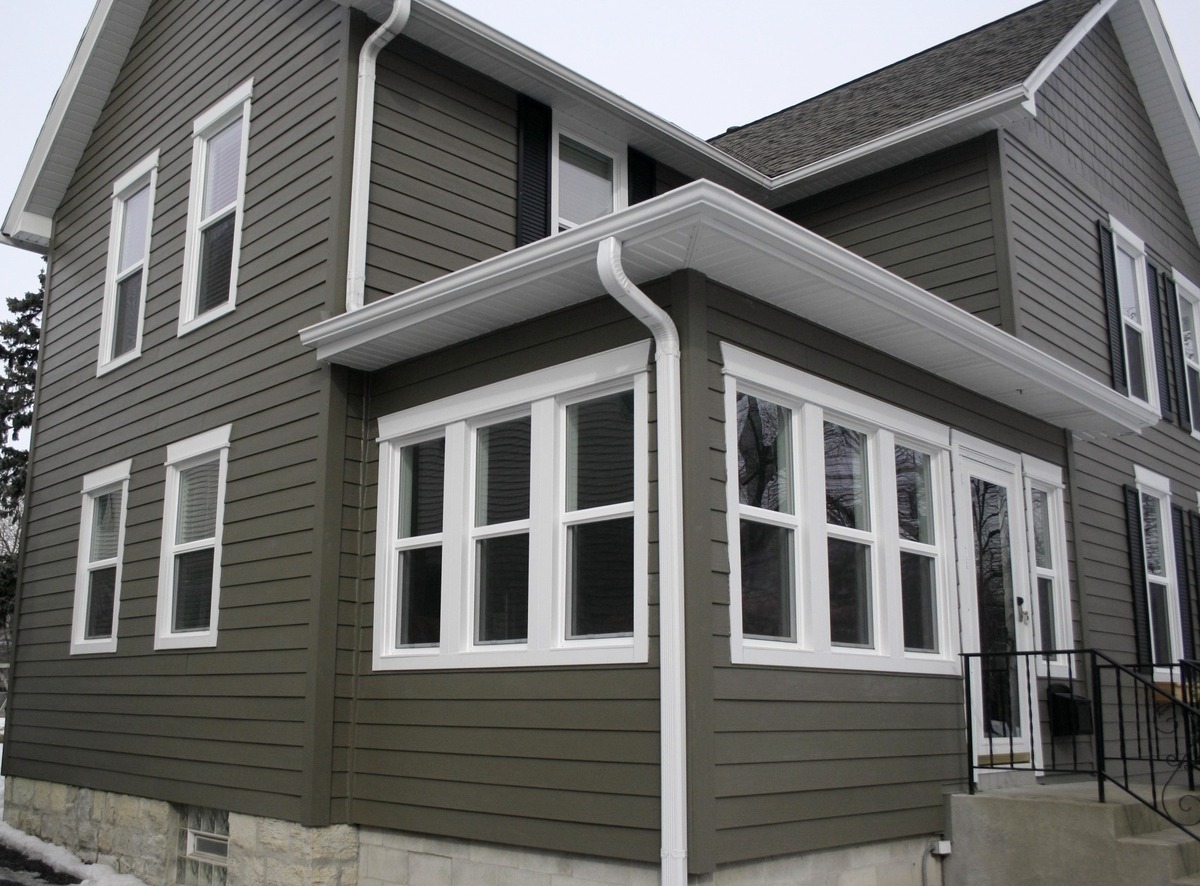

Articles
What Is Hardie Plank Siding Made Of
Modified: January 23, 2024
Looking for informative articles on what Hardie plank siding is made of? Discover the composition and benefits of this durable and versatile siding option.
(Many of the links in this article redirect to a specific reviewed product. Your purchase of these products through affiliate links helps to generate commission for Storables.com, at no extra cost. Learn more)
Introduction
When it comes to home exteriors, choosing the right siding material is crucial. Not only does it need to protect your home from the elements, but it also plays a significant role in enhancing its aesthetic appeal. One popular siding option that has gained immense popularity in recent years is Hardie Plank siding.
Hardie Plank siding, also known as fiber cement siding, is a durable and versatile option that offers numerous benefits for homeowners. Whether you’re renovating your existing home or constructing a new one, understanding what Hardie Plank siding is made of can help you make an informed decision about whether it’s the right choice for you.
In this article, we will take a closer look at the composition of Hardie Plank siding and explore its various benefits. We will also compare it with other siding materials and discuss the installation and maintenance process. By the end, you’ll have a comprehensive understanding of why Hardie Plank siding is a top choice for homeowners.
Key Takeaways:
- Hardie Plank siding, made of cement, cellulose fibers, and silica sand, offers unmatched durability, resistance to moisture and pests, and low maintenance, making it a top choice for homeowners seeking long-lasting and visually appealing siding.
- When compared to other siding materials, Hardie Plank siding stands out for its exceptional strength, fire resistance, and design flexibility, providing homeowners with a reliable and customizable exterior cladding solution that enhances the aesthetics and value of their homes.
Read more: What Is Hardie Board Siding Made Out Of
Overview of Hardie Plank Siding
Hardie Plank siding, manufactured by James Hardie Industries, is a popular choice for homeowners who value durability, versatility, and aesthetics. It is a type of fiber cement siding that combines the strength of cement with the low-maintenance and design flexibility of wood.
Hardie Plank siding is engineered to withstand demanding weather conditions, including strong winds, hail, and extreme temperatures. It is also resistant to moisture, rot, and pests, making it an excellent long-term investment for your home.
One of the key advantages of Hardie Plank siding is its ability to mimic the appearance of natural wood. With a variety of textures and finishes available, you can achieve the desired look for your home, whether it’s a traditional, modern, or rustic style. The siding is available in a wide range of colors, allowing you to customize and personalize your home’s exterior.
Additionally, Hardie Plank siding offers enhanced fire resistance compared to other siding materials. It is non-combustible and has a Class A fire rating, providing an added layer of protection for your home and peace of mind for you and your family.
Another notable feature of Hardie Plank siding is its dimensional stability. Unlike wood siding, which can warp, rot, or expand under different weather conditions, Hardie Plank siding maintains its shape and integrity over time. This stability ensures that your home’s exterior remains flawless, reducing the need for frequent repairs or replacements.
Overall, Hardie Plank siding combines durability, versatility, and aesthetic appeal, making it a reliable and attractive choice for homeowners seeking a long-lasting and visually appealing siding option.
Composition of Hardie Plank Siding
Understanding the composition of Hardie Plank siding is essential to grasping its unique qualities and advantages. Hardie Plank siding is primarily composed of a mixture of cement, cellulose fibers, and sand, which are combined to form a strong and durable fiber cement material.
The main component of Hardie Plank siding is Portland cement, a type of cement known for its strength and durability. Cement provides the siding with excellent resistance to impact, weather, and fire, making it a highly reliable choice for homeowners.
The cellulose fibers used in Hardie Plank siding are derived from various sources, including wood pulp and recycled paper. These fibers contribute to the siding’s overall toughness and flexibility, ensuring that it can withstand the rigors of outdoor conditions.
In addition to cement and cellulose fibers, Hardie Plank siding includes silica sand. The silica sand serves to reinforce the material and provide additional strength to withstand impact and ensure dimensional stability.
One of the significant advantages of Hardie Plank siding’s composition is its resistance to moisture and rot. Unlike traditional wood siding that can be susceptible to water damage and decay, Hardie Plank siding’s cement and cellulose fiber composition make it highly resilient to moisture, ensuring long-lasting performance.
Furthermore, the composition of Hardie Plank siding makes it resistant to pests such as termites and woodpeckers, reducing the risk of damage and the need for costly repairs or treatments.
The combination of cement, cellulose fibers, and silica sand in Hardie Plank siding creates a durable and low-maintenance exterior cladding solution. It offers exceptional strength, weather resistance, fire resistance, and longevity, making it an excellent choice for homeowners looking for a siding material that can withstand the test of time.
Ingredients of Hardie Plank Siding
Hardie Plank siding is made up of several key ingredients that contribute to its strength, durability, and overall performance. These ingredients work together to create a reliable and long-lasting siding solution for your home.
The primary ingredient in Hardie Plank siding is Portland cement. This type of cement is known for its exceptional strength and durability, making it an ideal choice for exterior applications. It forms the foundation of the siding and provides the structural integrity that allows it to withstand harsh weather conditions, impacts, and fire.
Cellulose fibers are another essential ingredient in Hardie Plank siding. These fibers are derived from various sources, including wood pulp and recycled paper. Cellulose fibers contribute to the siding’s overall toughness, flexibility, and resistance to warping or cracking. They enhance the siding’s ability to withstand the expansion and contraction caused by temperature fluctuations without compromising its structural integrity.
Silica sand is also a key component of Hardie Plank siding. It is added to the mixture to improve the strength and durability of the siding. Silica sand reinforces the cement and fiber matrix, enhancing its resistance to impact and providing dimensional stability. This ensures that the siding maintains its shape and appearance over time, reducing the need for repairs or replacements.
In addition to these main ingredients, Hardie Plank siding may also contain other additives such as fillers, pigments, and binders. These additives help to improve various aspects of the siding, such as color retention, UV resistance, and moisture resistance.
One of the notable characteristics of Hardie Plank siding is that it does not contain any hazardous materials that may pose health risks during installation or throughout its lifespan. It is free from asbestos and does not release harmful airborne particles.
The combination of Portland cement, cellulose fibers, silica sand, and other additives creates a robust and reliable siding material. Hardie Plank siding’s ingredients work together to provide exceptional strength, durability, weather resistance, and longevity, ensuring that your home is protected for years to come.
Benefits of Hardie Plank Siding
Hardie Plank siding offers numerous benefits that make it a popular choice among homeowners. Whether you’re looking for durability, versatility, or low maintenance, this siding option has you covered. Let’s explore some of the key benefits of Hardie Plank siding:
- Durability: Hardie Plank siding is engineered to withstand harsh weather conditions, including high winds, heavy rain, and extreme temperatures. Its composition of cement, cellulose fibers, and silica sand provides exceptional strength and resistance to impact, ensuring it can endure daily wear and tear and protect your home’s exterior.
- Resistance to Moisture and Rot: Unlike wood siding, Hardie Plank siding is highly resistant to moisture, preventing issues such as rot, warping, and swelling. This makes it an ideal choice for regions with high humidity levels or frequent rain.
- Fire Resistance: Hardie Plank siding has excellent fire resistance properties, making it a safer option for your home. It is non-combustible and has a Class A fire rating, meaning it offers a high level of fire protection.
- Low Maintenance: Hardie Plank siding is designed to be low maintenance. It doesn’t require frequent painting or sealing, unlike wood siding. The color is baked into the material, ensuring it remains vibrant and fade-resistant for years to come. Periodic cleaning with a mild detergent and water is usually sufficient to keep it looking fresh and clean.
- Design Flexibility: With a wide range of textures, finishes, and colors available, Hardie Plank siding allows you to achieve the look you desire for your home. Whether you prefer a traditional, modern, or rustic aesthetic, you can find a style that complements your home’s architecture and enhances its curb appeal.
- Resistant to Pests: Hardie Plank siding is not susceptible to damage from termites, woodpeckers, or other pests that commonly affect wood siding. This eliminates the need for costly pest control measures and saves you from potential repairs and replacements.
- Longevity: Hardie Plank siding is known for its long lifespan. When properly installed and maintained, it can last for several decades, providing you with peace of mind and eliminating the need for frequent siding replacements.
These benefits, coupled with Hardie Plank siding’s aesthetic appeal and eco-friendly composition, make it an excellent investment for homeowners looking for a durable, low-maintenance, and visually appealing siding option.
Read more: What Nails To Use For Hardie Siding
Comparison with Other Siding Materials
When it comes to choosing the right siding material for your home, it’s essential to consider the different options available. Let’s compare Hardie Plank siding with other popular siding materials to understand its unique advantages:
Vinyl Siding:
Vinyl siding is a widely used and affordable siding option. While it offers easy installation and a variety of colors, it may lack the durability and strength of Hardie Plank siding. Vinyl siding can fade over time and is susceptible to cracking or warping in extreme weather conditions. In comparison, Hardie Plank siding is known for its exceptional durability, resistance to impact, and dimensional stability.
Wood Siding:
Wood siding has a natural and timeless appeal, but it requires regular maintenance and is prone to issues such as rot, insect damage, and warping. Hardie Plank siding offers the look of wood without these drawbacks. It is resistant to moisture and pests, reducing the need for constant repairs or replacements. Additionally, Hardie Plank siding is non-combustible, making it a safer choice compared to wood siding.
Brick and Stone:
Brick and stone are durable and provide a classic, elegant look. However, they can be more expensive and require specialized installation. Hardie Plank siding offers a cost-effective alternative that replicates the appearance of brick or stone. It is lighter in weight, easier to work with, and can be customized to mimic the texture and color variations of natural materials.
Read more: How To Attach Hardie Siding
Stucco:
Stucco siding is popular in certain regions for its durability and energy efficiency. However, it can be susceptible to cracking and requires regular maintenance to prevent moisture-related issues. Hardie Plank siding offers similar benefits in terms of durability and energy efficiency, but it eliminates the concerns associated with stucco, such as cracking and the need for ongoing repairs.
Metal Siding:
Metal siding, such as aluminum or steel, is known for its strength and longevity. However, it may be prone to denting, fading, and corrosion over time. In comparison, Hardie Plank siding is resistant to impact, won’t fade, and has excellent dimensional stability. Additionally, Hardie Plank siding offers more design options and can replicate the appearance of metal if desired.
When comparing Hardie Plank siding with other materials, it becomes evident that it offers a winning combination of durability, low maintenance, fire resistance, and design flexibility. These qualities make it a reliable and attractive choice for homeowners seeking a long-lasting and visually appealing siding option.
Installation and Maintenance of Hardie Plank Siding
Proper installation and maintenance are crucial for maximizing the performance and longevity of Hardie Plank siding. Whether you’re hiring a professional or taking on the project yourself, following these guidelines will ensure a successful installation:
Installation:
- Preparation: Before installation, ensure that the exterior surface is clean, smooth, and free from any debris or loose materials.
- Flashing: Install appropriate flashing around windows, doors, and other openings to prevent water infiltration and maintain a watertight seal.
- Fastening: Use rust-resistant nails or screws to secure the Hardie Plank siding to the exterior surface. Follow the manufacturer’s guidelines regarding spacing and placement for optimal performance.
- Overlap: Install each plank with a slight overlap to ensure proper water drainage and minimize the chance of moisture penetration.
- Trimming: Cut the siding carefully to fit around windows, doors, and other architectural features, ensuring a clean and professional look.
- Finishing: Apply caulk or sealant to seal any gaps or joints between the siding and other elements of the building, providing additional protection against moisture and drafts.
- Painting: If desired, apply a high-quality exterior paint specifically formulated for fiber cement siding to enhance the appearance and further protect the siding from the elements.
Read more: What Is Masonite Siding Made Of
Maintenance:
To keep your Hardie Plank siding in optimal condition, follow these maintenance tips:
- Cleaning: Regularly clean the siding with a soft brush or cloth and a mild detergent mixed with water to remove dirt, grime, and mildew. Avoid using abrasive cleaners or high-pressure washers.
- Inspections: Periodically inspect the siding for any signs of damage, such as cracks, chips, or loose boards. Promptly repair or replace any damaged sections to prevent further issues.
- Paint Touch-ups: If you have painted Hardie Plank siding, periodically inspect the paint for any signs of fading or peeling. Touch up the paint as needed to maintain its appearance and protection.
- Gutter Maintenance: Keep gutters and downspouts clean and free from debris to prevent water overflow onto the siding, which can cause damage over time.
- Trim Trees and Shrubs: Trim any overhanging branches or shrubs near the siding to prevent scratching or damage to the surface.
By following these installation and maintenance guidelines, you can ensure that your Hardie Plank siding remains in excellent condition, providing long-lasting performance and aesthetic appeal for your home.
Conclusion
Hardie Plank siding, with its durable composition and unmatched benefits, is an excellent choice for homeowners looking to enhance the aesthetics, durability, and value of their homes. Combining the strength of cement, the flexibility of cellulose fibers, and the reinforcement of silica sand, Hardie Plank siding offers a reliable and long-lasting exterior cladding solution.
With its resistance to moisture, rot, pests, and fire, Hardie Plank siding provides homeowners with peace of mind and protection against the elements. Its low maintenance requirements, design flexibility, and longevity make it an attractive option for those seeking a siding material that will stand the test of time.
When compared to other siding materials like vinyl, wood, brick, stucco, and metal, Hardie Plank siding demonstrates its superiority in terms of durability, resistance, and long-term value. It offers a high level of performance, while still allowing for customization and achieving various architectural styles.
During installation, proper preparation, flashing, fastening, trimming, and finishing techniques ensure the siding is securely and professionally installed. Regular cleaning, inspections, and maintenance, such as paint touch-ups and gutter maintenance, will help preserve its appearance and performance over the years.
In conclusion, Hardie Plank siding is a reliable and versatile choice for homeowners who value durability, aesthetics, and low maintenance. Its composition, benefits, and comparison to other siding materials make it a top contender in the market. By choosing Hardie Plank siding, you are investing in a long-lasting and visually appealing exterior cladding solution that will protect and enhance your home for years to come.
Frequently Asked Questions about What Is Hardie Plank Siding Made Of
Was this page helpful?
At Storables.com, we guarantee accurate and reliable information. Our content, validated by Expert Board Contributors, is crafted following stringent Editorial Policies. We're committed to providing you with well-researched, expert-backed insights for all your informational needs.
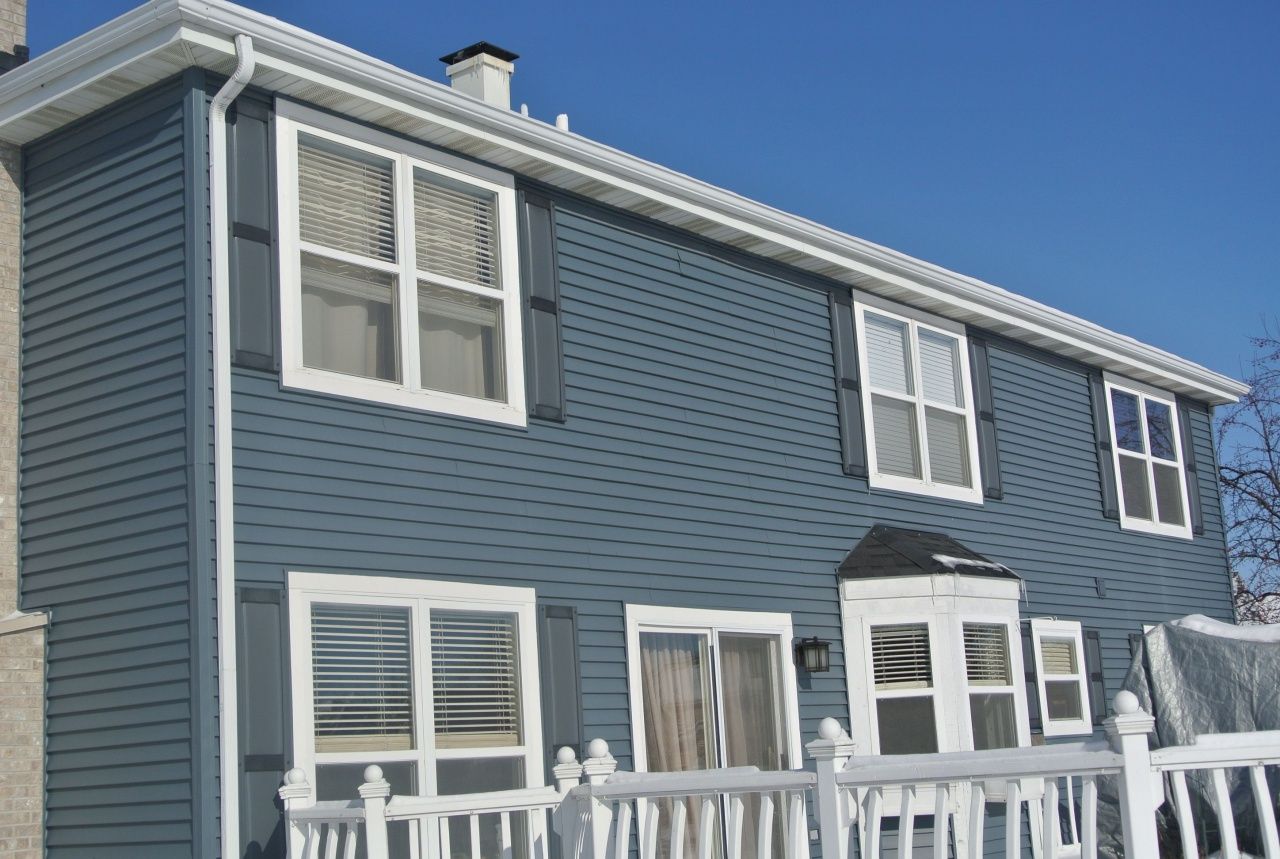
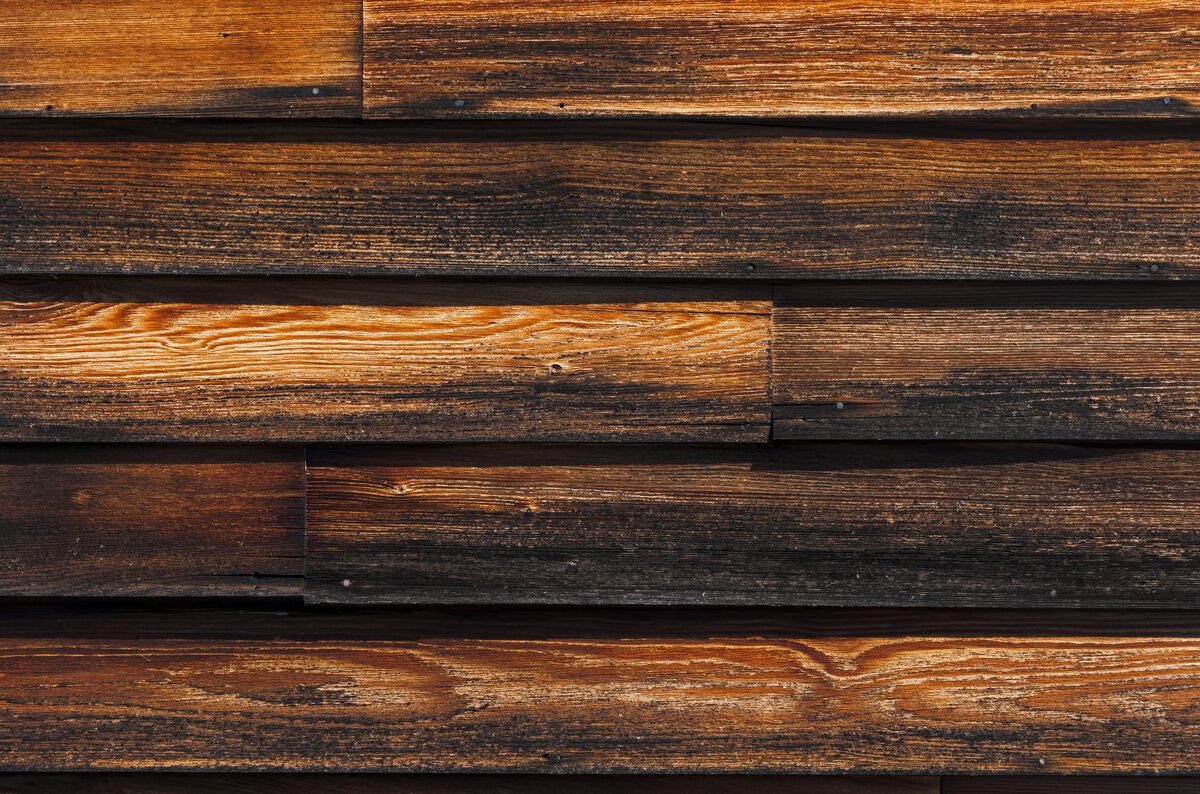
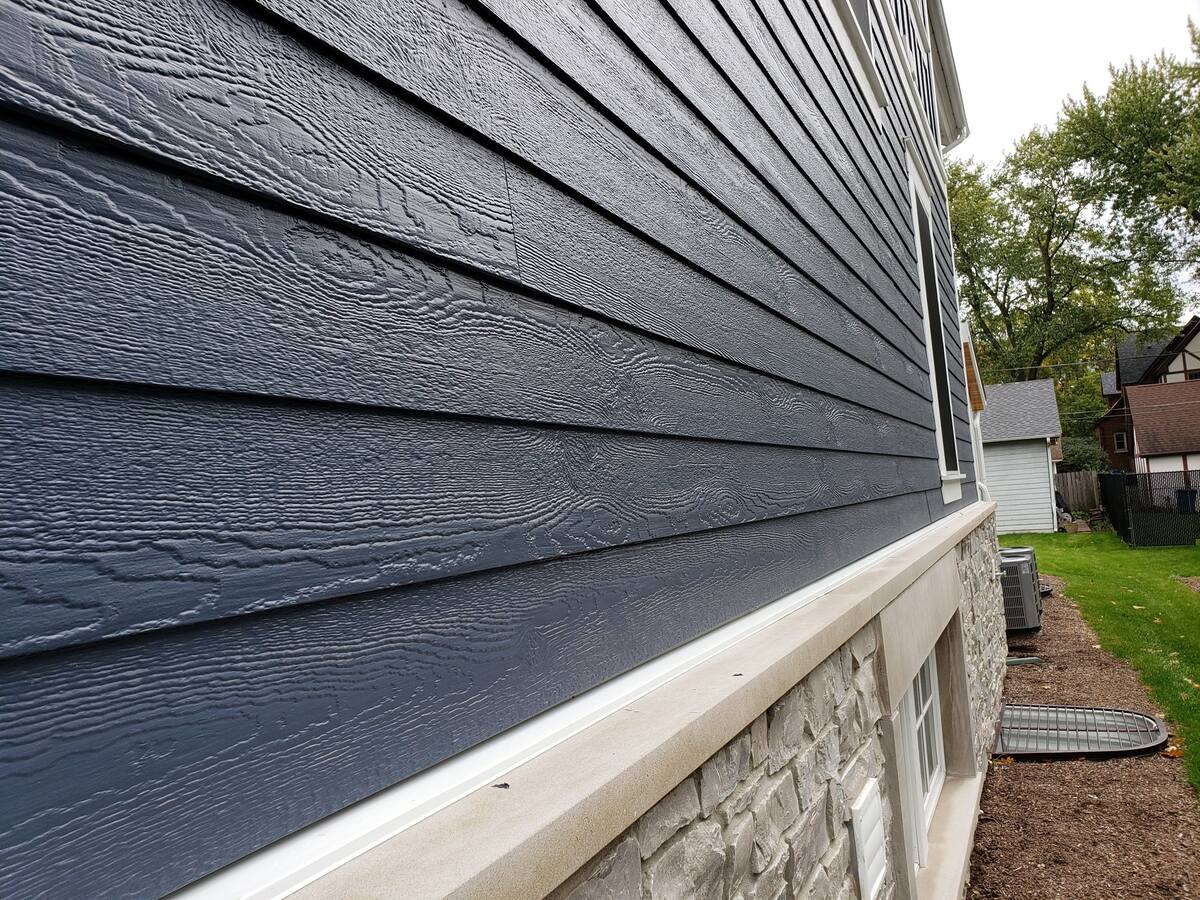
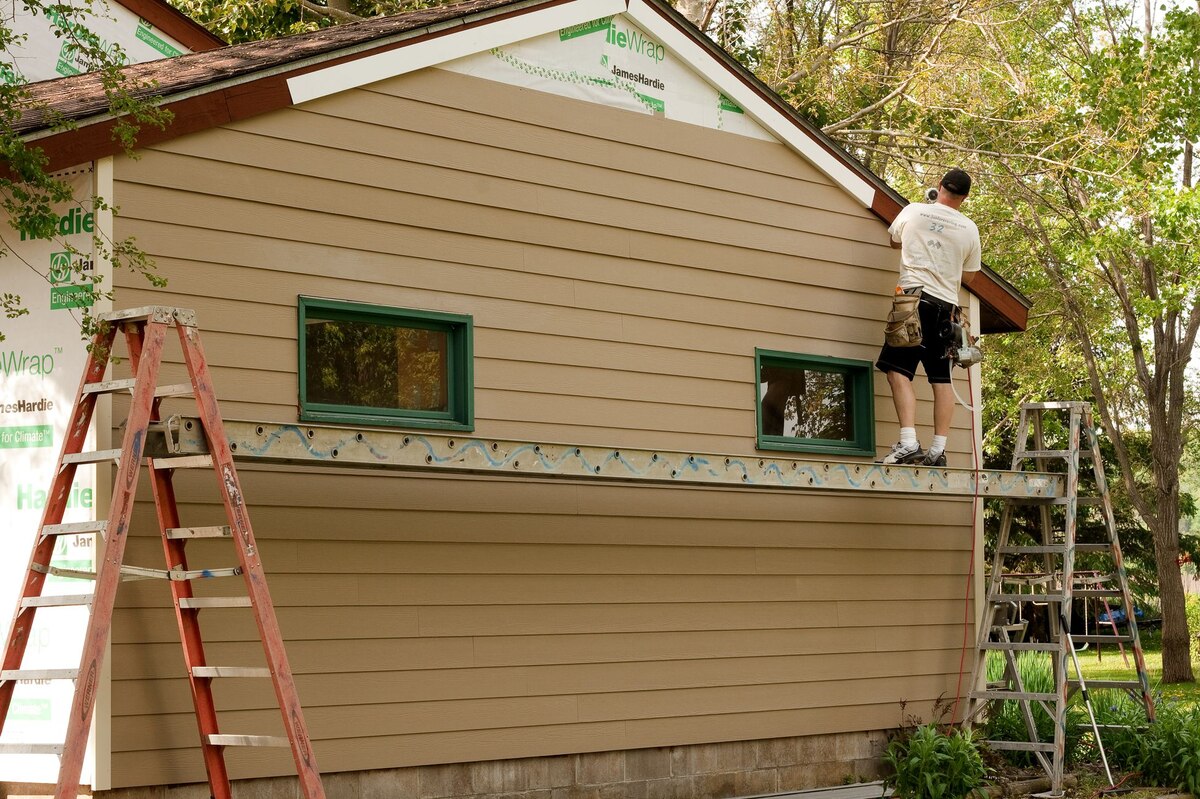
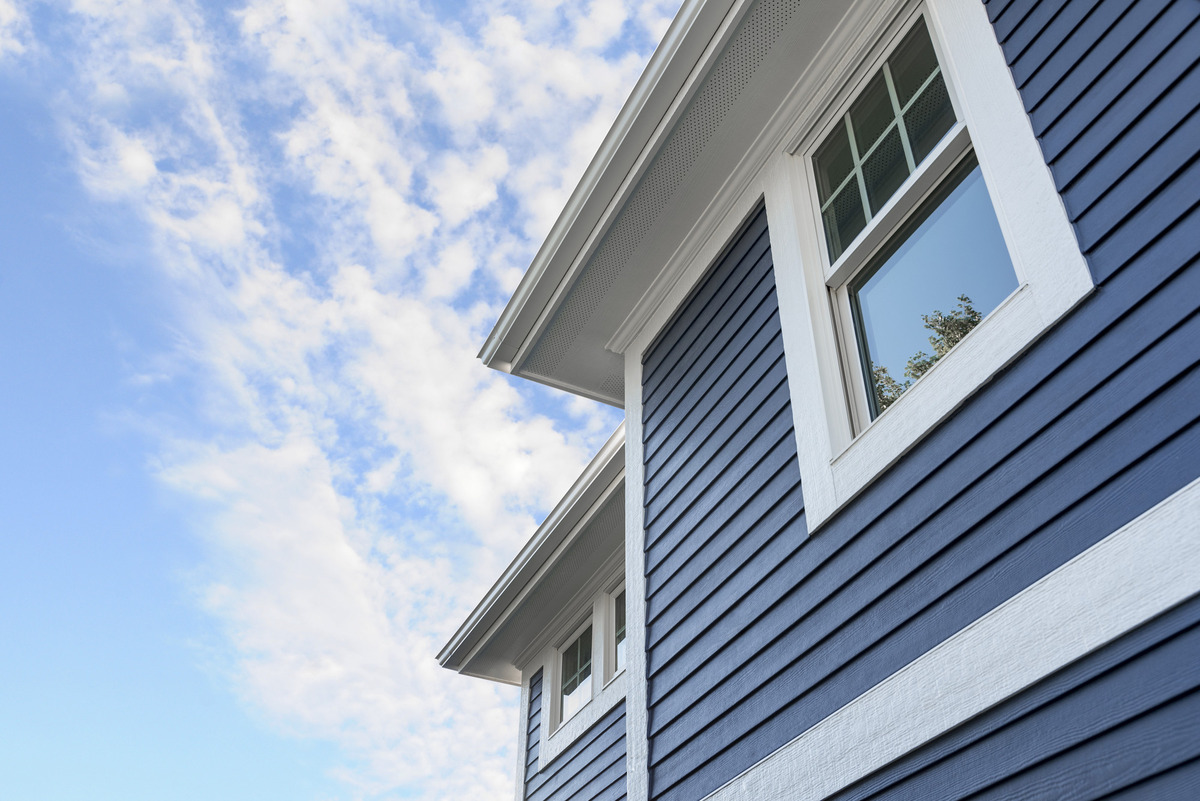
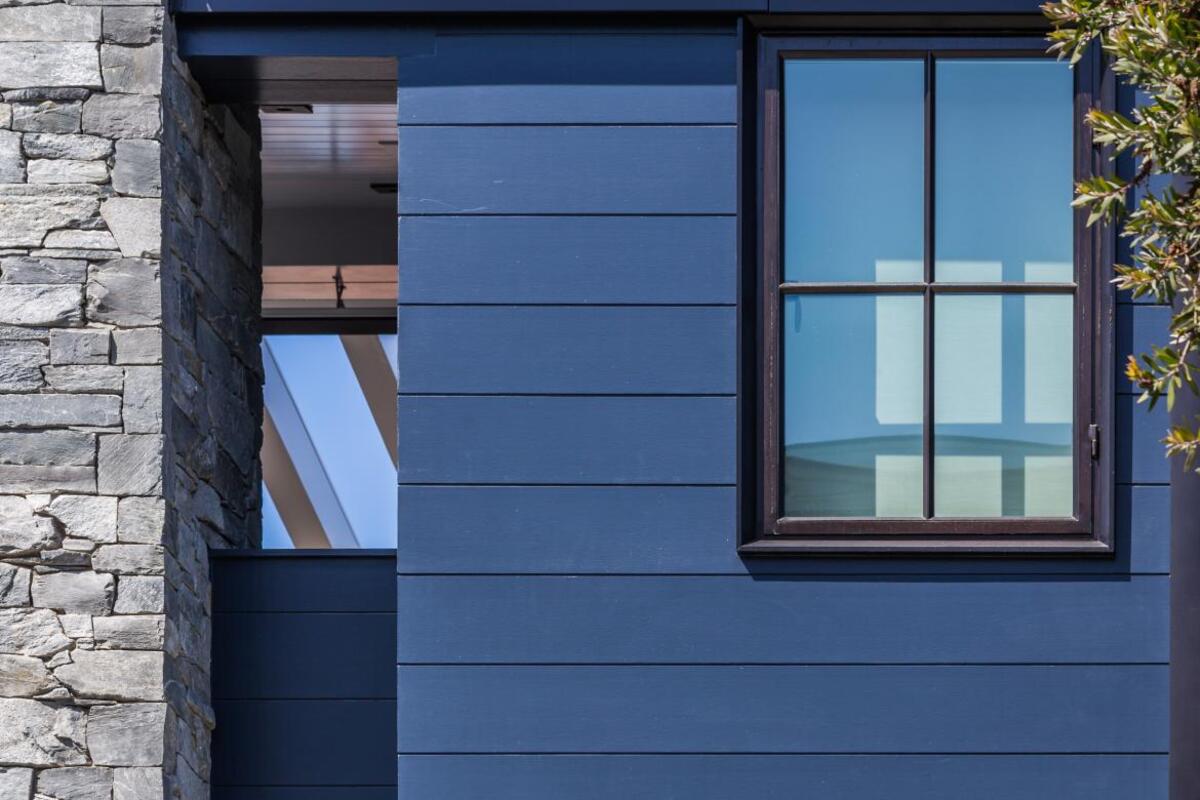
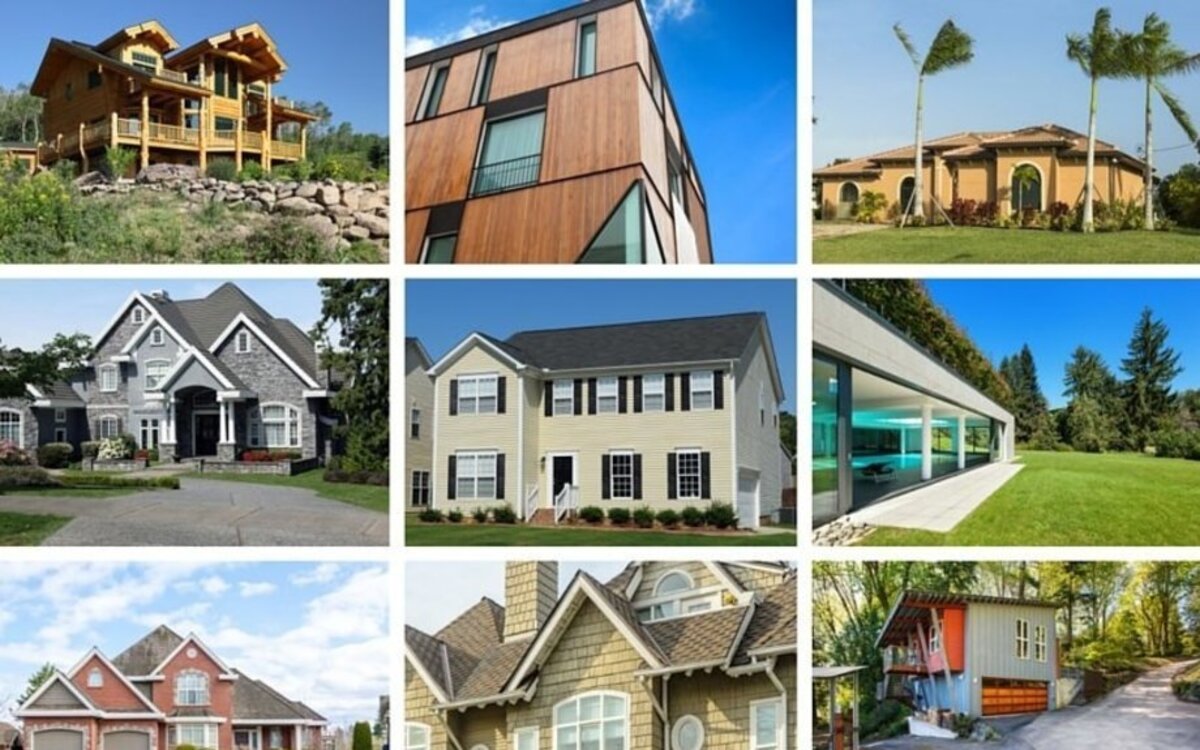
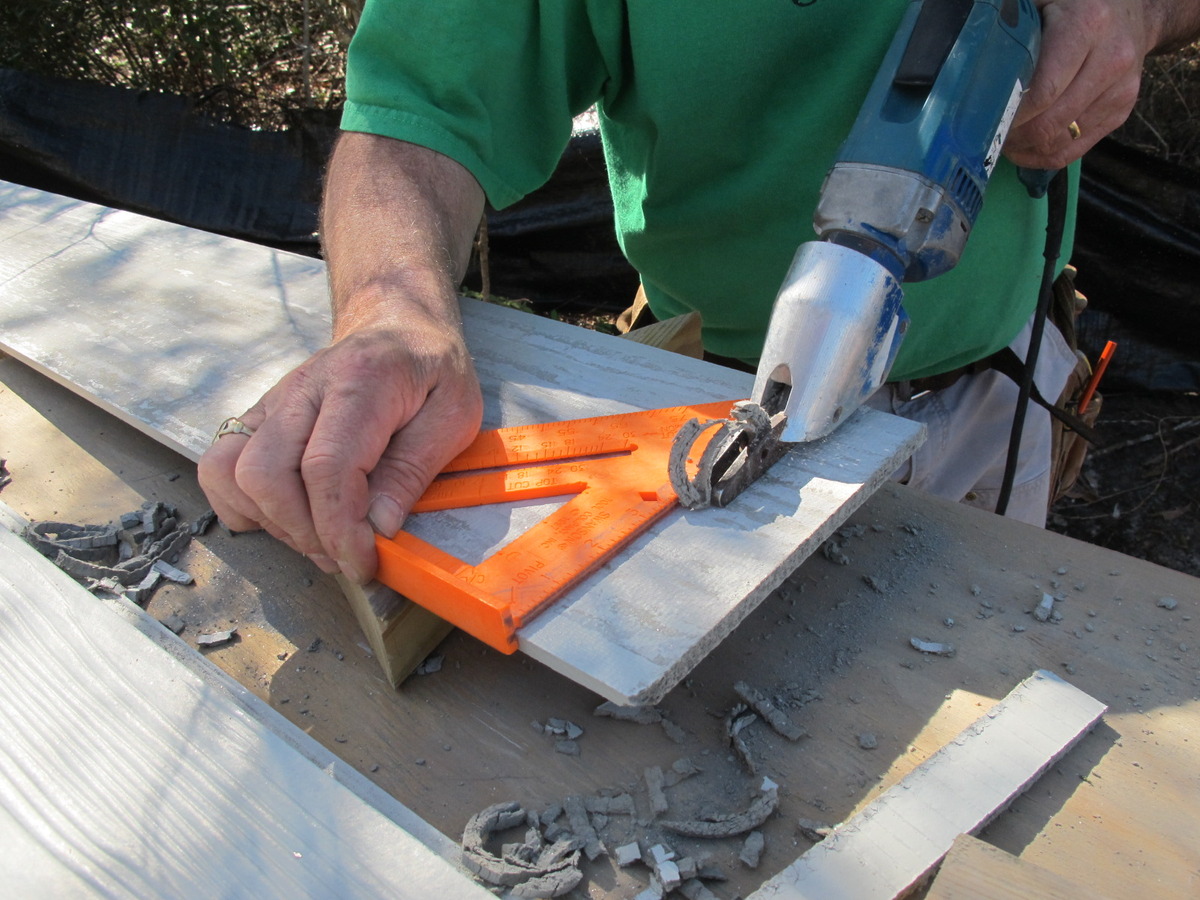
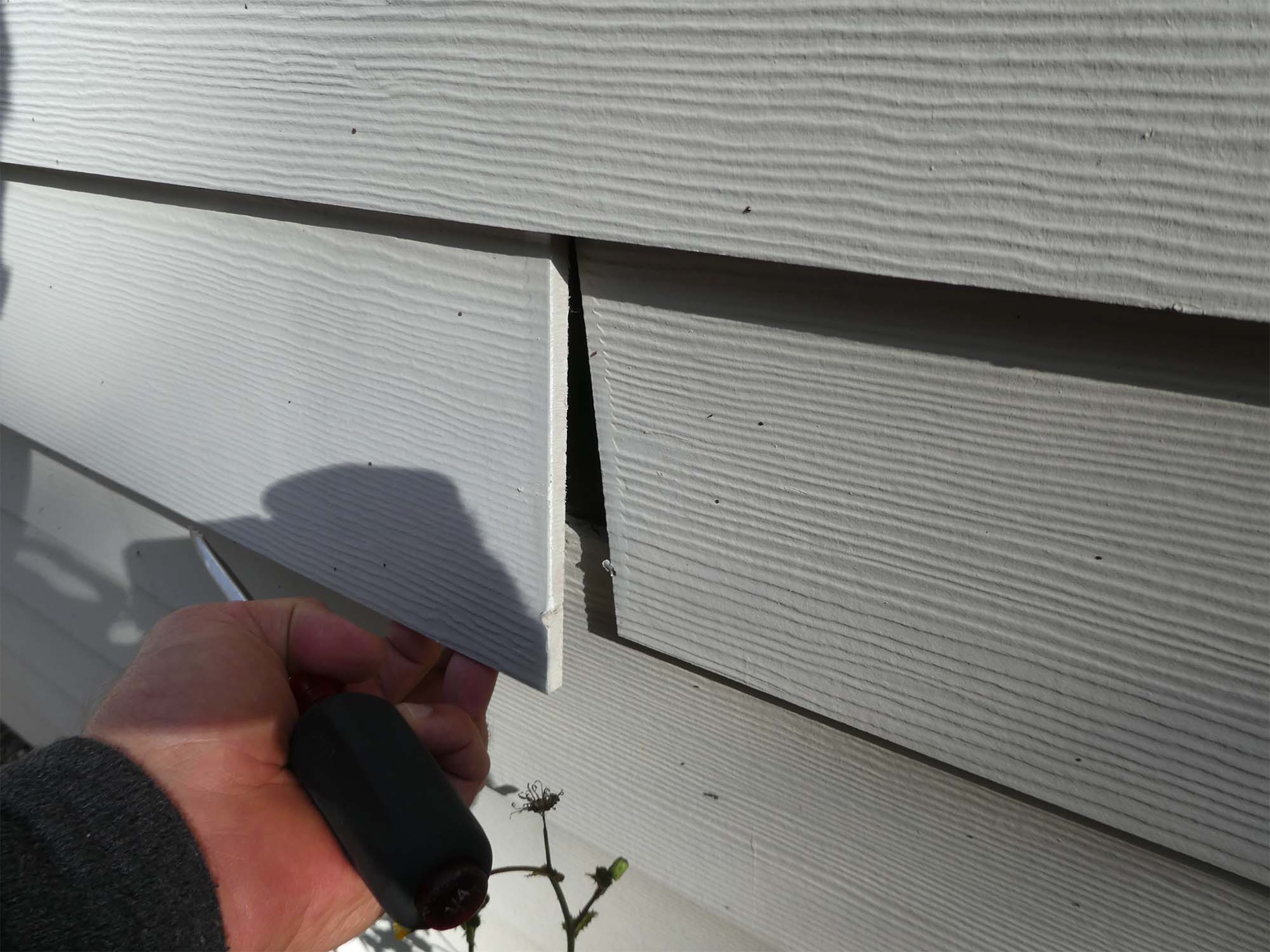
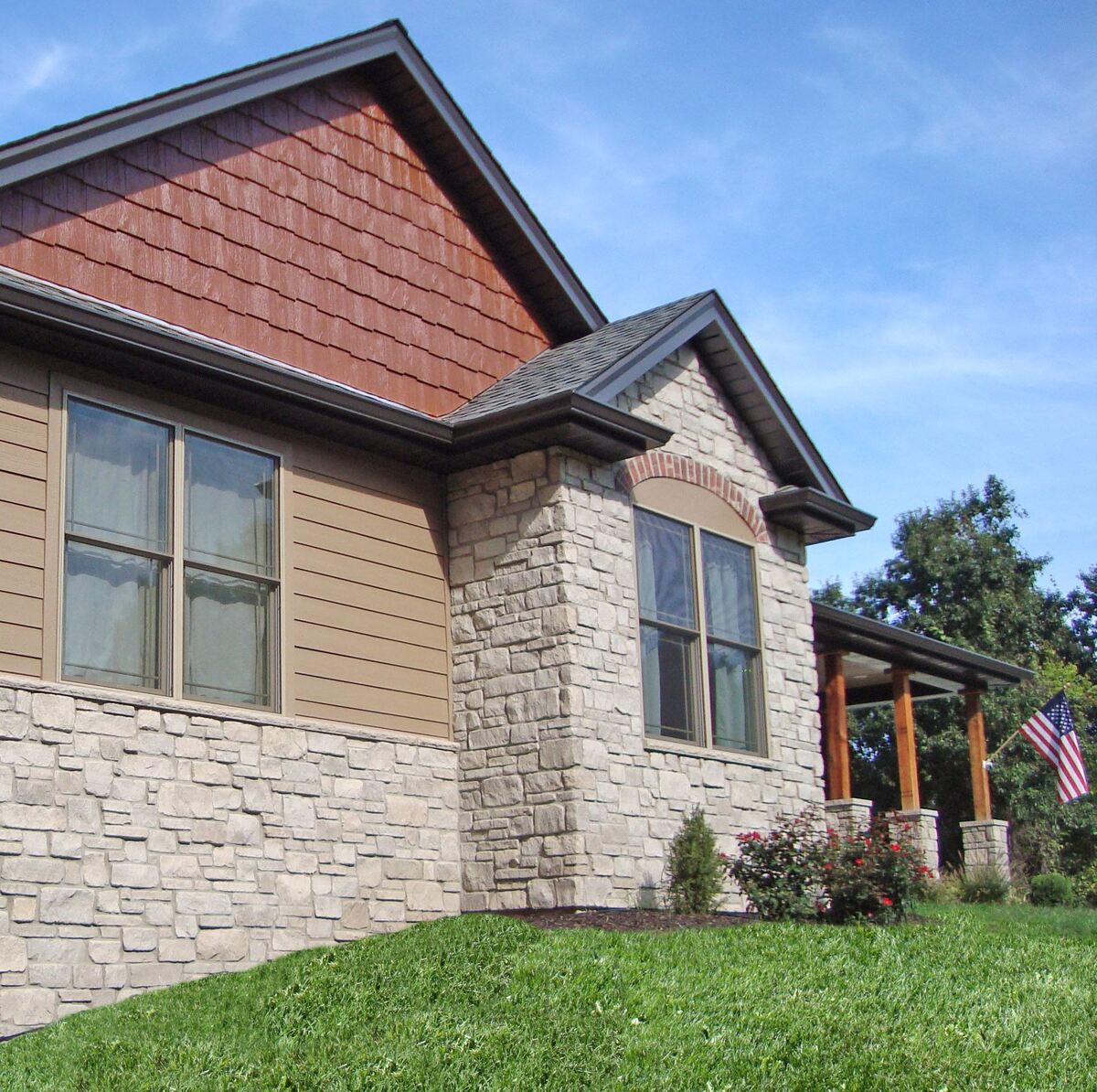
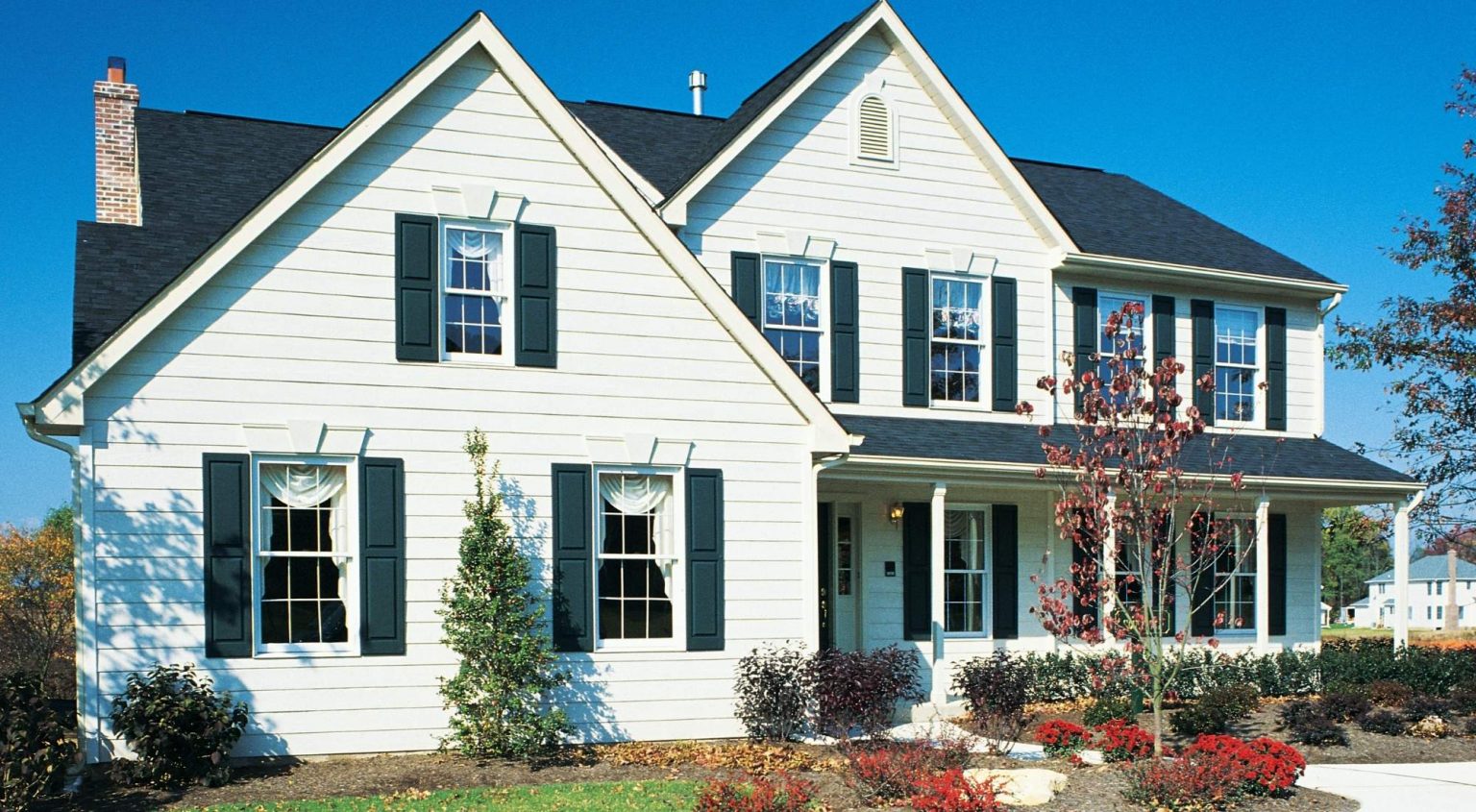
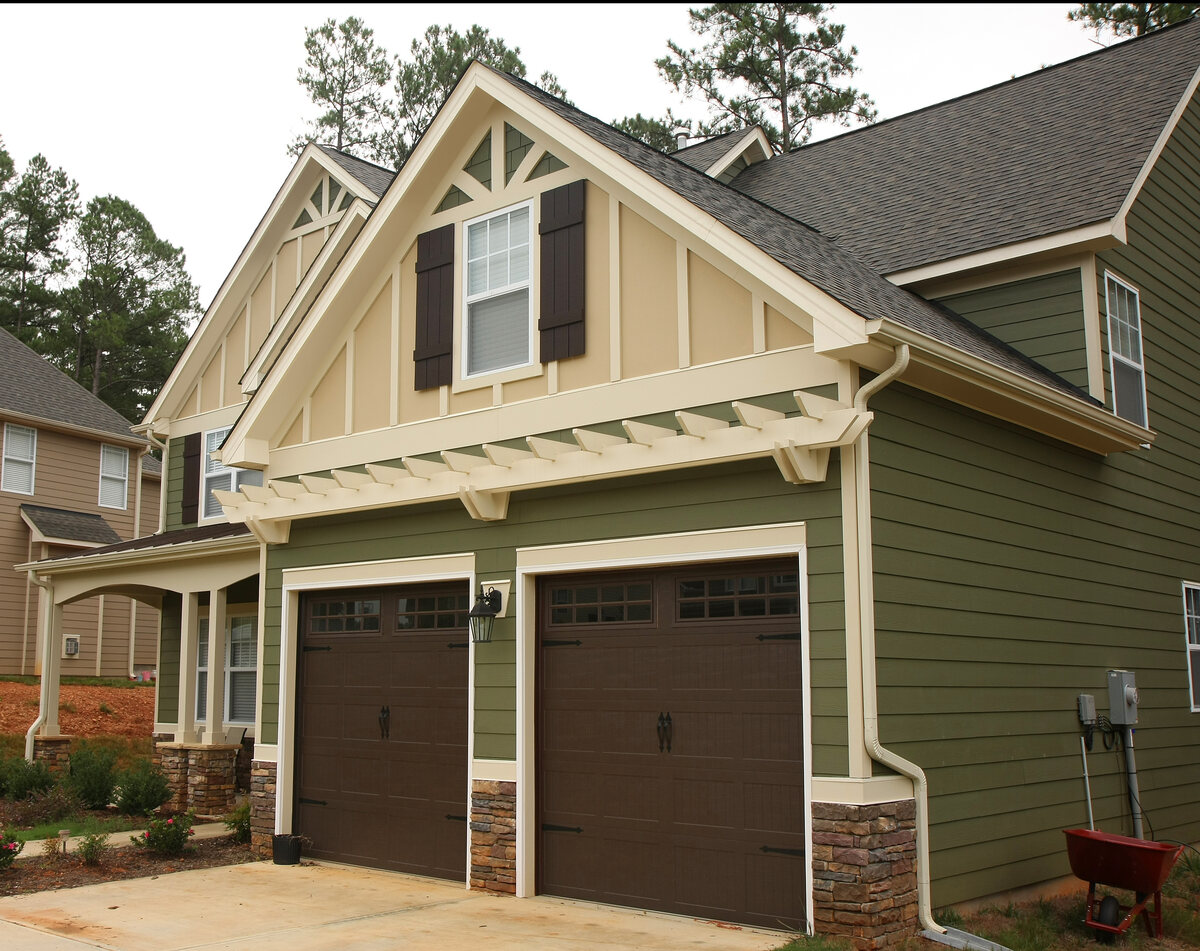

0 thoughts on “What Is Hardie Plank Siding Made Of”